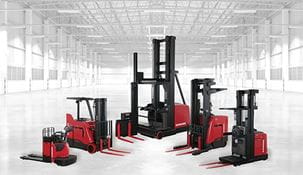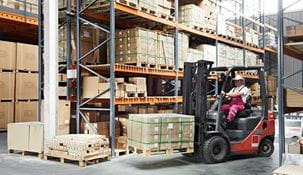Hearing Conservation
Hearing Conservation
-
 According to OSHA, twenty-two million workers are exposed to potentially damaging noise at work each year. U.S. businesses pay more than $1.5 million in penalties annually for not protecting workers from noise, and hearing loss directly impacts the quality of life not only for you but also your families as well. Workers who are exposed to high levels of noise can suffer permanent hearing loss and then sometimes not even surgery or a hearing aid can help. In addition, even repeated exposures to loud noise for just short periods of time can add up to permanent damage to hearing. Workplace noise is measured using special noise monitoring equipment and the levels are displayed in decibels (dB). Normal speaking voice is usually around 50-70 (dB) and most manufacturing areas or warehouse conveyor systems is usually around 110 (dB). OSHA regulations state that 85 (dB) is the action level where workers may need to use hearing protection. The best hearing protection is a solution that is worn properly by you every single time you are exposed to loud noise on the job.
According to OSHA, twenty-two million workers are exposed to potentially damaging noise at work each year. U.S. businesses pay more than $1.5 million in penalties annually for not protecting workers from noise, and hearing loss directly impacts the quality of life not only for you but also your families as well. Workers who are exposed to high levels of noise can suffer permanent hearing loss and then sometimes not even surgery or a hearing aid can help. In addition, even repeated exposures to loud noise for just short periods of time can add up to permanent damage to hearing. Workplace noise is measured using special noise monitoring equipment and the levels are displayed in decibels (dB). Normal speaking voice is usually around 50-70 (dB) and most manufacturing areas or warehouse conveyor systems is usually around 110 (dB). OSHA regulations state that 85 (dB) is the action level where workers may need to use hearing protection. The best hearing protection is a solution that is worn properly by you every single time you are exposed to loud noise on the job.
Choose the Right Hearing Protection
The choice of hearing protection device depends on your personal preferences of comfort and where you will wear it. How well the protection works depends on whether you wear it consistently and correctly. The most common types of hearing protection devices include earplugs, earmuffs, and specially made devices.
Remember these important tips to avoid hearing loss while on the job:
- Employees who are exposed to high levels of noise can suffer permanent hearing loss.
- Employees must be protected from hazardous levels of noise.
- Employees must pay attention to all signs and warnings of potentially dangerous noise levels. If you are not sure of a customer’s requirements, ask them what their policies are.
- OSHA regulations state that 85 (dB) is the action level where workers may need to use hearing protection.
- Hearing protection must be provided for the level and/or range of noise that workers will be exposed to during their work hours.
- Never improvise hearing protection by stuffing cotton, tissue, wax or other items into your ears.
- Proper personal protective equipment such as ear plugs or ear muffs must be maintained and worn correctly at all times.
The risk of damaging your hearing from noise increases with the sound intensity, not the loudness of the sound. If you need to raise your voice to be heard at an arm’s length, the noise level in the environment is likely above 85 dB in sound intensity and could damage your hearing over time.
Contact Us
For more information about partnering with Raymond Storage Concepts and how we can satisfy your parts needs, please contact us today.
You May Also Like:

Raymond Forklifts
Raymond manufactures innovative electric lift trucks that deliver a lower total cost of ownership.
Learn More

Dock & Door Equipment
Reduce energy consumption, increase worker productivity and safety with our loading docks and commercial doors.
Learn More

Engineered Solutions
We design custom material handling solutions to fit your exact needs. From maximizing space to boosting efficiency, we've got you covered. Let's transform your operation together.
Learn More

Fleet Maintenance Management Software | iTRACK | Raymond
Understand and manage fleet and asset maintenance data and costs with iTRACK.
Learn More


